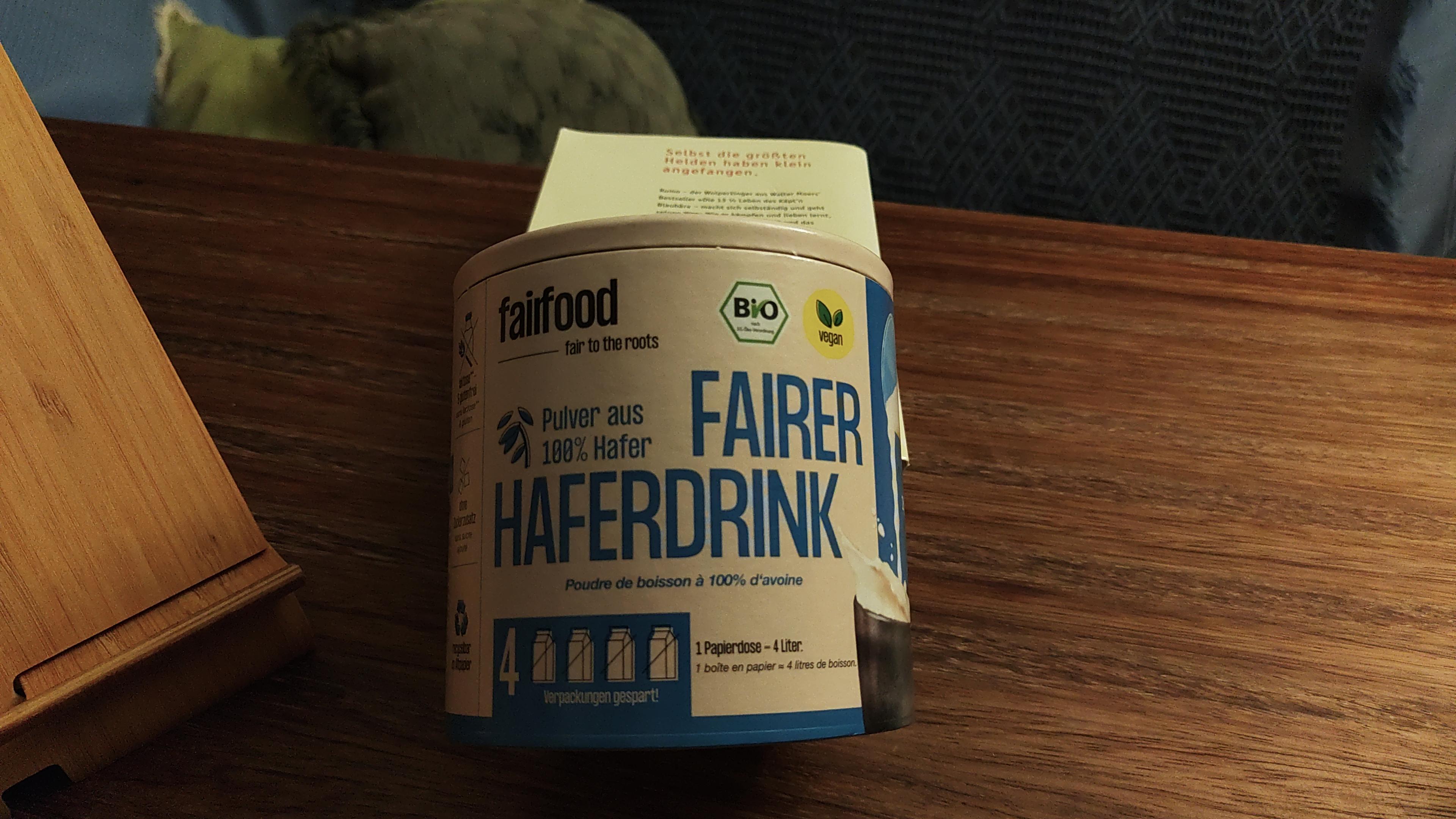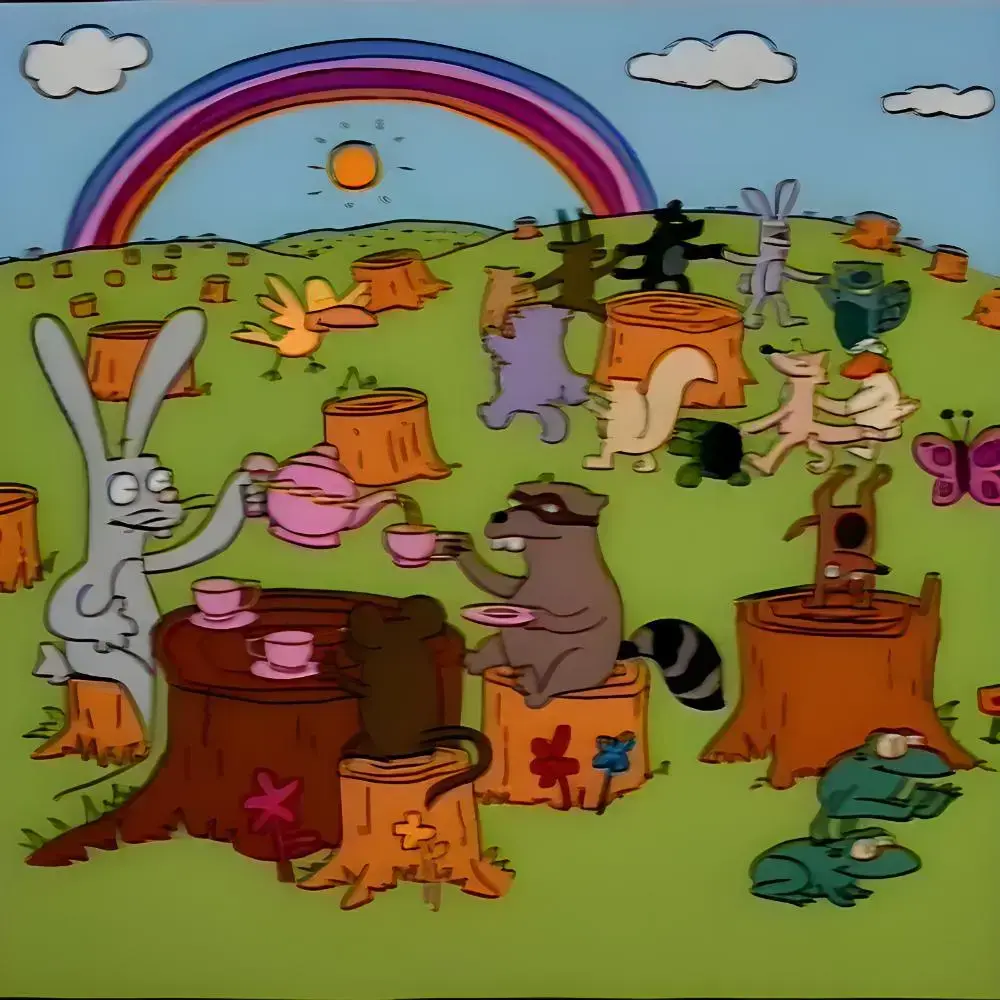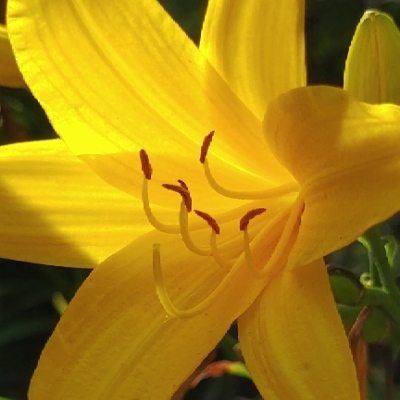Questions first, explanation underneath,
-
Are tetra-pak containers actually better for the environment? Or is it a bit of a con?
-
Would powdered Oat milk be better than tetra-pak, or other containers?
I’m getting into Oat milk, been a long time coming, finally just getting on and doing it.
We’ve ordered some Nimbus powdered online. But for now I’ve been drinking from the Tetra-pak Oat milks. Brands were Vitasoy and Oatley (apparently they’re shipped from Europe? Wtf?).
I looked up thinkstep anz’s comparative assessment of tetra-paks impacts and it comes out top. But this seems about as independent as a trouts flipper, so i’m not sure i trust their conclusion.
Any answers, or guidance would be muchly appreciated. :)
I’ve been following this convo too - from what I’ve seen, the environmental impact of tetra-paks is mostly due to the packaging itself being made from non-biodegradable materials like polyethylene. Powdered oat milk might be a better option if you’re concerned about waste and carbon emissions from transportation, but I’d love to see more research on the actual production process vs just the end-of-life packaging.
The most environmentally-friendly option would be to go back to the old-fashioned glass bottles returned to stores and reused in future batches.
But obviously, you can’t make that happen on your own. I’m seeing conflicting information about tetra-pak vs plastic containers. It might be less recyclable than the straight-up plastic is, due to the difficulty of separating the different components. On the other hand, the plastic-lined cardboard containers used for smaller quantities of fresh milk are apparently quite easy to recycle, so environmentally speaking long-life may not be as good as fresh.
plastic-lined cardboard containers
I’ve lost the thread of which you’re refering to. Do you mean tetra-pak or the old cardboard milk containers with the fold out cardboard spout?
With glass containers, the washing and transportation is much more expensive. So the question becomes does that even out the CO<sub>2</sub> emissions and environmental impact?
The latter. It still exists, and is what you get if you go to your supermarket’s fridge section and buy the 1 L milk instead of the 2 or 3 L jugs that come HDPE plastic. I was attempting to specifically contrast that with tetra-pak, but rereading it I can see I didn’t make the contrast as clear as I had hoped.
As for glass, I don’t know this for a fact, but I strongly suspect the washing and transportation take a miniscule amount of energy compared to that required for manufacturing.
Yep, got ya! I actually tried them for a while a few years back, for this exact environmental reason, but the milk kept going off too quick. It led to litres getting poured down the drain. Sometimes this shit is so impossible! 🤣
the milk kept going off too quick
Oh interesting. I guess because you can’t close it up properly? I avoid buying them when I can because it runs out too quickly and then I have to go back to the shops for more. Tend to buy 3 L bottles for my cereal (the only time I really use milk, since I switched to having my tea black).
I also found it difficult to find independent information, when I researched this a while ago. It seems like the Tetra Pak company is flooding the zone with shit.
But from a logical point of view, Tetra Paks sound like an attempt to create the least recyclable packaging possible. It’s several layers of plastic, paper and aluminium, all glued together.
This has also been my thought since forever. But it doesn’t seem to be reflected in the aisle.
Recycling, and circular economy can be great, (alluminium cans might be the single best example of it), but it doesn’t mean single use is definitely always going to be worse for the environment.
I’d imagine the venn diagram for the Soy, Almond, Oat milk drinker, and an environmentally conscious customer must have a heavy overlap.
So why do companies that ostensibly target an environmentally conscious and highly active customer almost exclusively choose tetra-pak?
Yeah, I kind of hate it, too. I’m actually from Germany, and the thing is that milk is practically never sold in anything but Tetra Pak or a competing non-septic carton over here. If you’re trying to sell as milk, you just can’t show up dressed in a glass bottle.
And well, if that’s the situation here in Germany, I imagine, it’s been like that even earlier in Sweden, where both Tetra Pak and Oatly originate. To my knowledge, Oatly was one of the pioneers of plant-based milk, so them picking Tetra Pak probably influenced other plant-based milks, too.
Well, and ultimately, the Tetra Pak company flooding the zone with shit probably influences public opinion, too. If their customers had a clear opinion that Tetra Pak is trash, you would quickly find a brand that would sell in glass bottles instead. Well, at least here in Germany, I can buy like ten different brands of oat milk, and some of them could really use a unique selling point.
Oh yeah, i always find it interesting visiting another country’s grocery stores, theres always little uniquely different quirks. I think its only the long life milk in Aus that you’ll find in a tetra-pak, when it comes to cows milk that is. The main way people get it here are the plastic hdpe cartons 2l or 3l.
Sweden, where both Tetra Pak and Oatly originate
Oh, hadn’t thouggt of this. This could easily be the whole reason here. Its so interesting how these partnerships often arise out of convenience and closeness.
the Tetra Pak company flooding the zone with shit probably influences public opinion
Yep.
@Ephera @Gorgritch_umie_killa this seems a good way to go: oat powder in a can made of paper. 360g oat powder gets you 4l oatdrink just by adding water.

Ooh, i like that packaging. Powdered is the route i’m hoping to take long term, hopefully it’ll be delivered this week. Different brand though (nimbus), i think they’re using plastic sacks not as cool as this.
IIRC Tetra Pak are awful because they have a layer of silver in the paper that make it unrecyclable
You might be thinking of aluminium…




